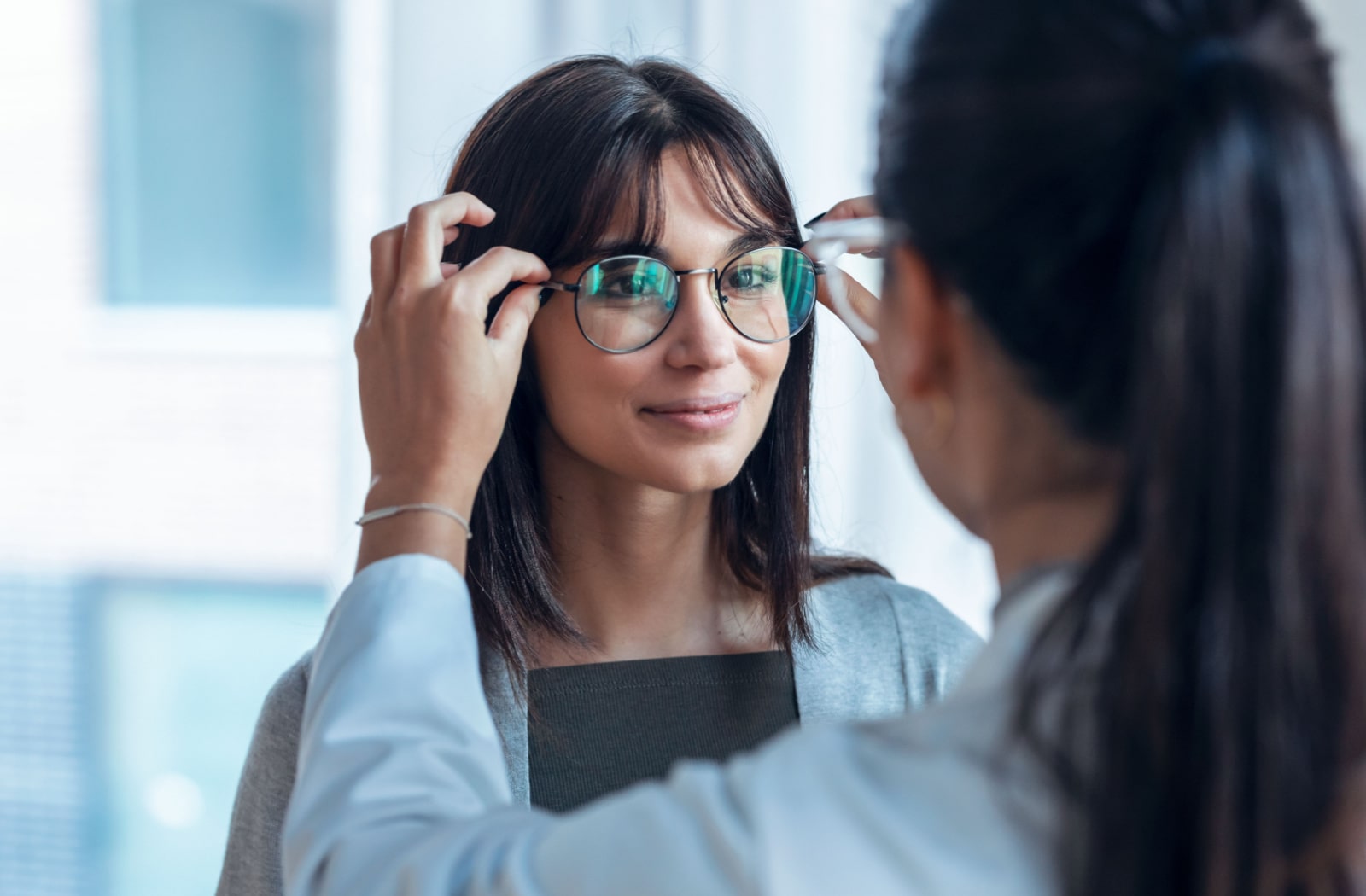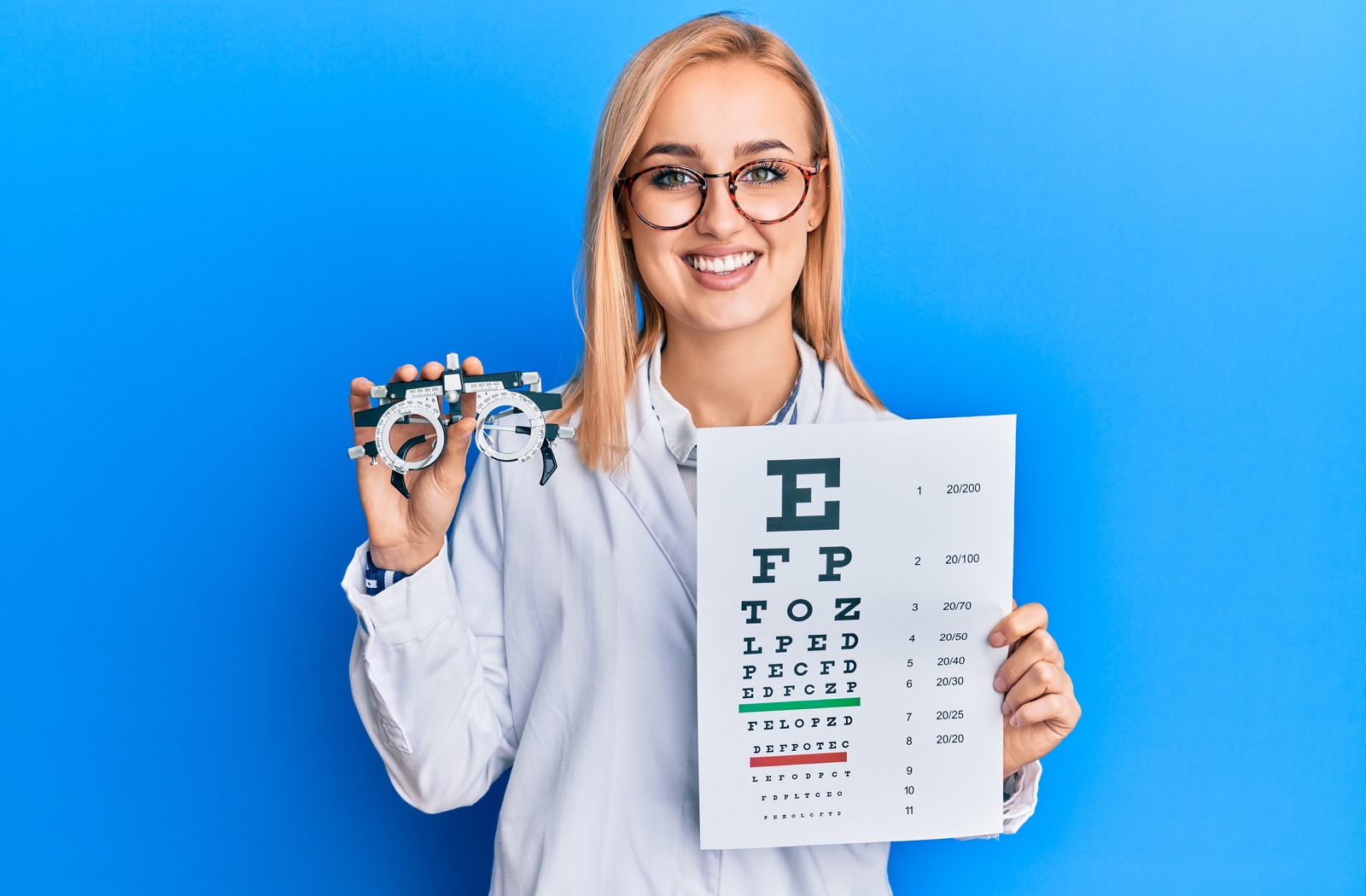Experience Personalized Treatment with Opticore Optometry in Chino
Experience Personalized Treatment with Opticore Optometry in Chino
Blog Article
Discovering the Most Current Technological Developments in Optometry and What They Mean for Eye Doctors
In the ever-evolving area of optometry, recent technical innovations are improving how practitioners come close to eye care. From the precision of Optical Comprehensibility Tomography to the nuanced understandings supplied by AI-driven analysis tools, these advancements are setting brand-new standards in individual assessment and therapy. Teleoptometry is poised to redefine access, making certain that competence transcends geographical restrictions. As these advancements penetrate the method, eye doctors are faced with the obstacle of accepting these devices to enhance individual end results. Yet, the inquiry continues to be: how will these technological changes redefine the functions and duties within the profession?
Innovations in Diagnostic Equipment
Advancing the area of optometry, developments in diagnostic devices have reinvented the means eye treatment specialists assess and diagnose ocular conditions and visual impairments. The previous years has actually seen substantial technological developments, enabling even more extensive and precise examinations. Optical Comprehensibility Tomography (OCT), as an example, offers high-resolution cross-sectional pictures of the retina, enabling for the early detection of illness such as glaucoma and age-related macular deterioration. This non-invasive imaging technique has actually come to be vital in contemporary optometric technique.
Another secret development is the introduction of advanced corneal topography systems, which map the surface curvature of the cornea with accuracy. These devices are specifically valuable for suitable get in touch with lenses and identifying corneal conditions. Moreover, digital retinal imaging has actually transformed standard ophthalmoscopy, using thorough, breathtaking views of the retina that help with comprehensive aesthetic exams.
The growth of wavefront aberrometry has actually additionally been important, making it possible for the evaluation of refractive mistakes with unequaled precision (Optometrist Chino). This technology helps in customizing rehabilitative lenses and enhancing medical outcomes for refractive surgical treatments. Jointly, these analysis improvements encourage eye doctors to supply premium person treatment, making sure early treatment and customized therapy strategies, eventually improving aesthetic health and wellness results
AI in Individual Management
Building on the structure of innovative diagnostic devices, the unification of man-made knowledge (AI) in individual monitoring stands for a transformative leap for optometry. AI systems are increasingly utilized to boost effectiveness, precision, and personalization in patient treatment.
Moreover, AI-driven platforms promote streamlined client communications and administrative procedures. Automated scheduling, virtual consultations, and personalized follow-up strategies not just improve person contentment however likewise optimize time administration for specialists. These systems can triage patients based on the necessity of their conditions, ensuring that those in vital requirement receive timely interest.
Additionally, AI improves decision-making by offering eye doctors with evidence-based suggestions and therapy paths. By incorporating information from electronic health and wellness documents, AI tools offer understandings that notify clinical decisions, minimizing the threat of errors and enhancing individual end results. As AI proceeds to progress, its role in person monitoring will likely increase, improving the landscape of optometric care.
Developments in Retinal Imaging
In the realm of optometry, retinal imaging has seen impressive technical developments that are enhancing diagnostic capacities and person care. Developments such as Optical Comprehensibility Tomography (OCT) and fundus digital photography have actually reinvented just how eye see doctors visualize and analyze the retina. OCT, specifically, provides high-resolution, cross-sectional photos of the retina, enabling the comprehensive evaluation of its layers. This ability is invaluable for early discovery and management of conditions like glaucoma, diabetic retinopathy, and age-related macular deterioration.
Enhanced imaging modalities like OCT angiography are further refining diagnostic precision. Eye Doctor Optometrist. Such improvements assist in the recognition of minute retinal changes that could represent condition progression.
Additionally, developments in man-made intelligence are augmenting retinal imaging by making it possible for automatic evaluation of large datasets. These systems aid eye doctors in recognizing patterns a measure of pathology, thus enhancing diagnostic precision and effectiveness. Jointly, these innovations are transforming retinal imaging into a foundation of contemporary eye treatment, boosting outcomes and expanding healing possibilities.
Teleoptometry's Growing Function
Teleoptometry is progressively get more becoming an important element of eye treatment, driven by developments in digital interaction and analysis tools. As optometry embraces digital change, teleoptometry promotes remote appointments, permitting eye doctors to prolong their solutions beyond conventional limits. This is especially beneficial in rural and underserved areas where accessibility to specialized eye treatment is usually restricted. By leveraging high-resolution video clip conferencing and advanced retinal imaging, eye doctors can perform extensive eye tests from afar, making sure prompt medical diagnosis and treatment.
The integration of expert system (AI) further boosts teleoptometry, enabling the evaluation of aesthetic data and aiding in the discovery of eye conditions such as glaucoma and diabetic retinopathy. AI-powered algorithms can swiftly translate intricate imaging information, providing optometrists with beneficial understandings that bolster clinical decision-making.
Moreover, teleoptometry supports continuity of treatment via seamless combination with electronic health records (EHRs), allowing eye doctors to preserve thorough patient backgrounds. This makes certain that patients receive personalized and constant care also when seeking advice from different specialists.
In spite of these benefits, difficulties stay, consisting of guaranteeing information security and managing person assumptions. Nonetheless, teleoptometry represents a considerable stride in the direction of even more available, efficient, and patient-centered eye care. As modern technology develops, its role is positioned to increase better.

Future Fads in Eye Care
A myriad of innovative patterns is established to reshape the future of eye care, driven by technical advancements and the advancing demands of people. One significant fad is the combination of expert system (AI) in diagnostics, which assures to enhance the precision and efficiency of eye examinations. AI formulas can analyze huge quantities of information from retinal images, possibly finding problems like diabetic retinopathy and glaucoma next page earlier than traditional approaches.
Moreover, individualized medicine is acquiring grip in optometry, with hereditary screening educating tailored therapy plans. This approach intends to maximize client end results by tailoring treatments to private hereditary accounts. Wearable technology, such as clever call lenses, is additionally on the horizon, supplying real-time monitoring of intraocular stress or glucose degrees, therefore offering continuous understandings into systemic and eye health and wellness.
The fostering of increased fact (AR) and virtual fact (VIRTUAL REALITY) in training and patient education is an additional emerging trend. These innovations use immersive experiences that can improve understanding and skills both for people and eye doctors. As these trends develop, optometrists have to remain abreast of technological improvements to give innovative care, guaranteeing better patient results and complete satisfaction in the dynamic landscape of eye treatment.
Verdict

Collectively, these analysis improvements empower optometrists to supply superior client care, making sure early treatment and customized treatment methods, inevitably enhancing aesthetic health end results.

As these modern technologies continue to evolve, optometrists need to adjust and include them right into technique, eventually enhancing workflow effectiveness and elevating the requirement of eye treatment provided to patients.
Report this page